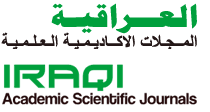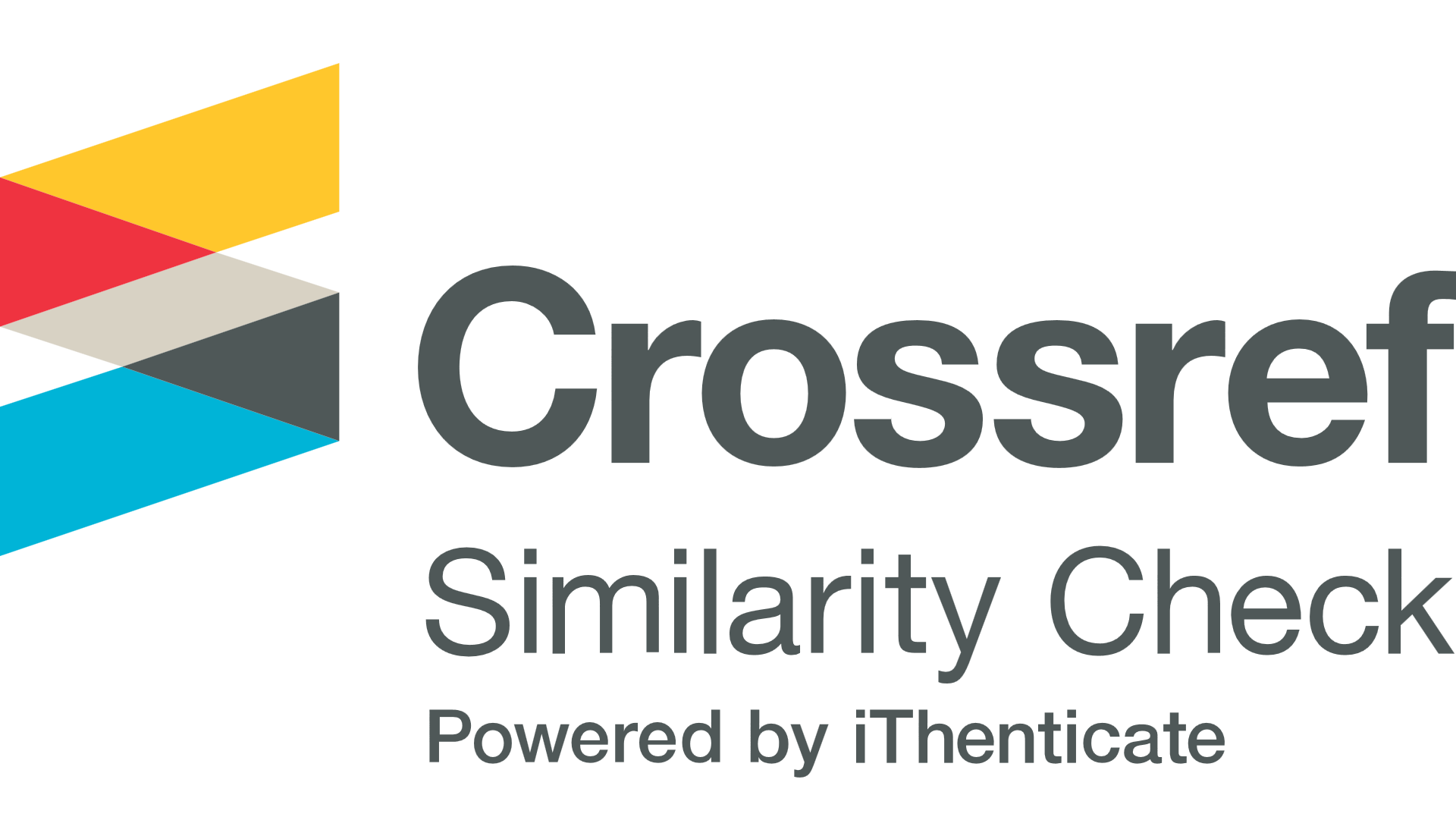Spectrophotometric Assay of Bromhexine hydrochloride in Pure and in Pharmaceutical Dosage Forms by Diazometry Coupling Reaction
Abstract
ABSTRACT Asimple, accurate and sensitive spectrophotometric method has been developed for quantitative determination of bromhexine hydrochloride (BH) in both pure form and in its pharmaceutical preparations. The proposed method is based on the diazotization of BH with sodium nitrite in hydrochloric acid medium to form diazonium salt ,which is coupled with 2,4,6-trihydroxy benzoic acid in alkaline medium of sodiumHydroxide to form a stable and water-soluble azo dye exhibited absorption maximum at 408 nm against reagent blank. Beers law is obeyed over the concentration range of 5 to750 g of BH/20 ml with a good determination coefficient ( R2=0.9973) and apparent molar absorptivity 3.053104 l.mol-1.cm-1. The limit of detection (LOD) and limit of quantification (LOQ) are 0.0156 and 0.0520 g ml1, respectively. The relative errors and relative standard deviations are found as 0.19 1.42 % and 0.11 to 0.47% respectively, depending on the concentration level. The method is suitable for the determination of BH in the presence of other ingredients that are usually present in dosage forms. The composition of the resulting product has been also worked out and it is found to be (1:1) BH : 2,4,6-tri-hydroxybenzoic acid. This procedure is applied successfully for the analysis of BH in pharmaceutical preparations (tablets, syrup and injection) without prior separation and with acceptable errors.





